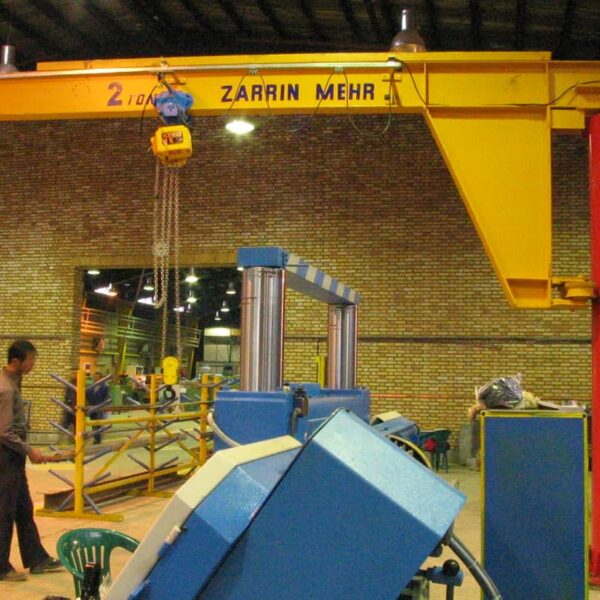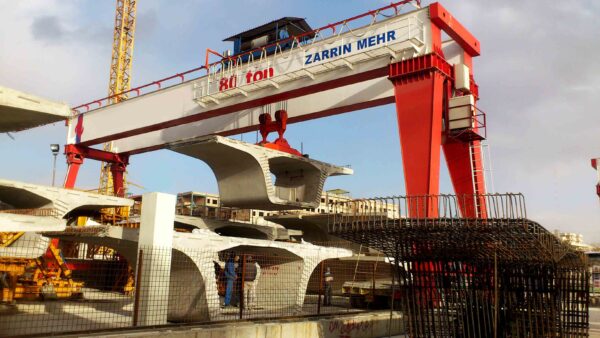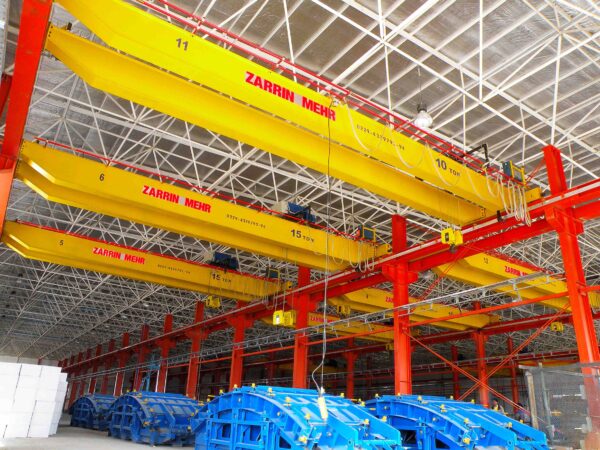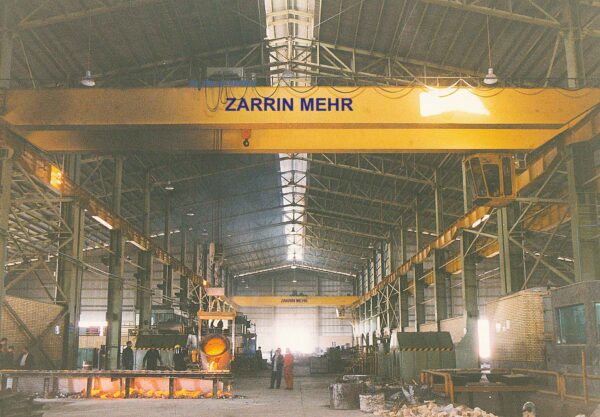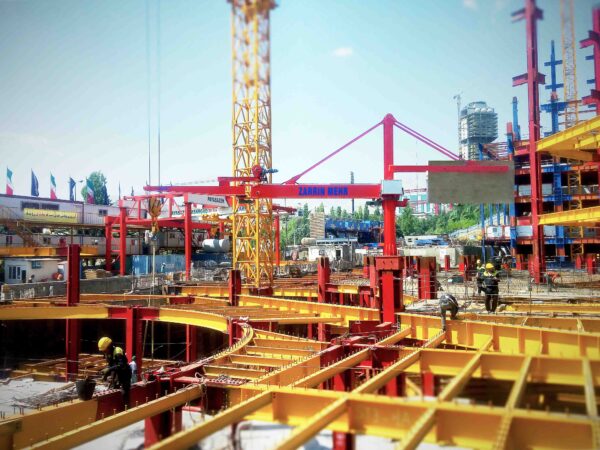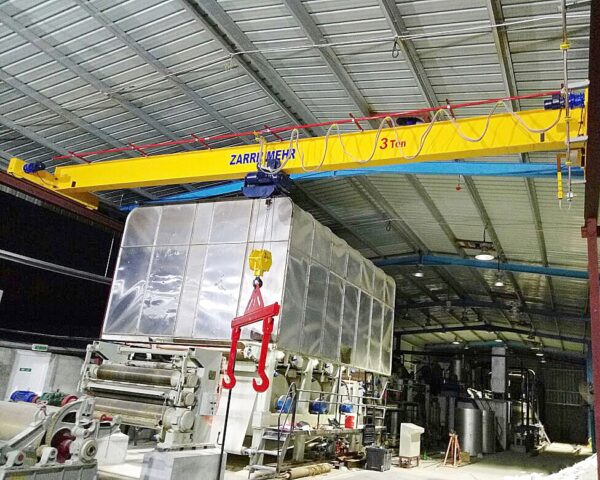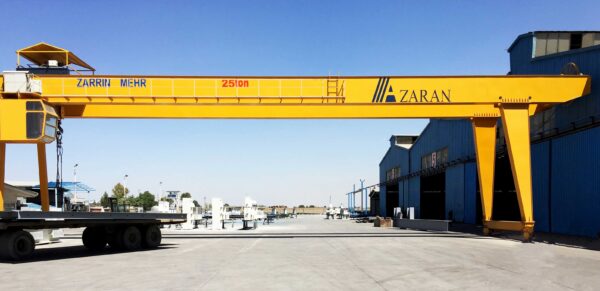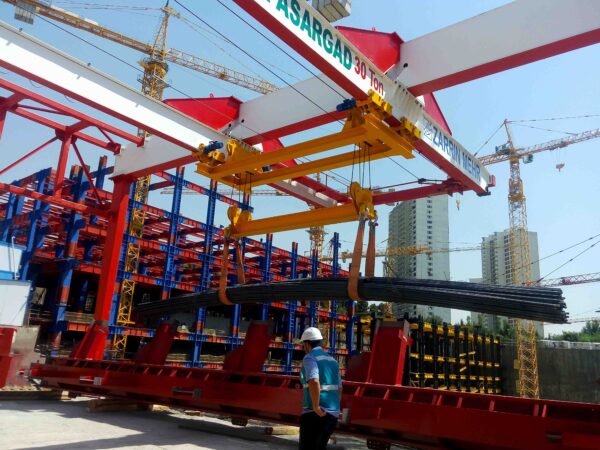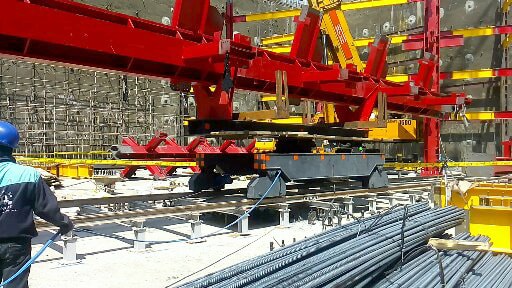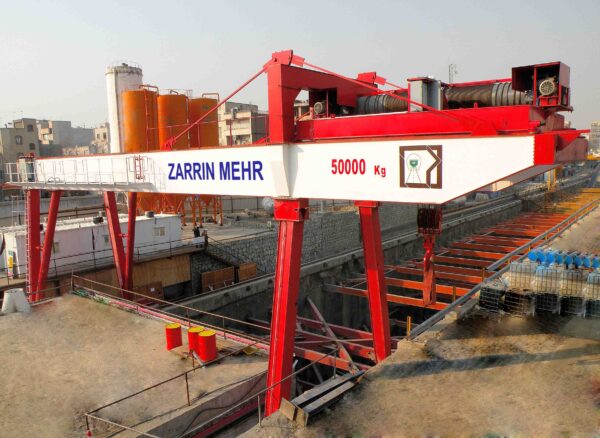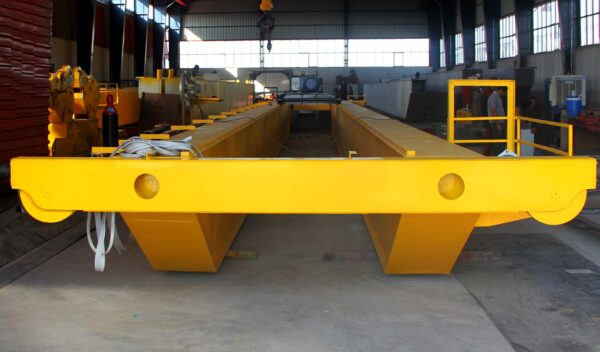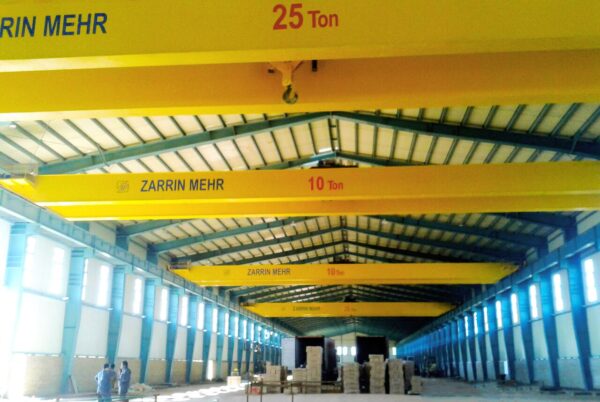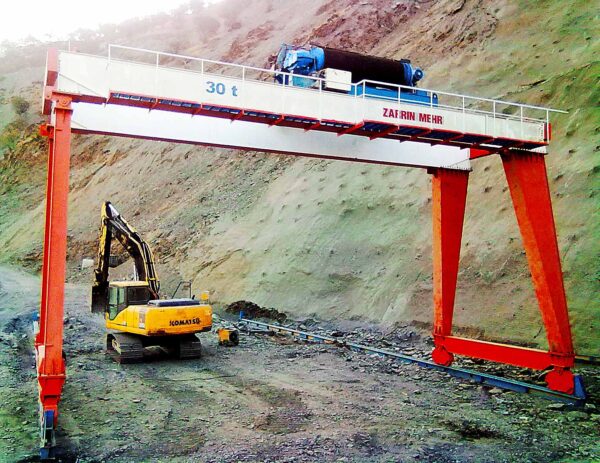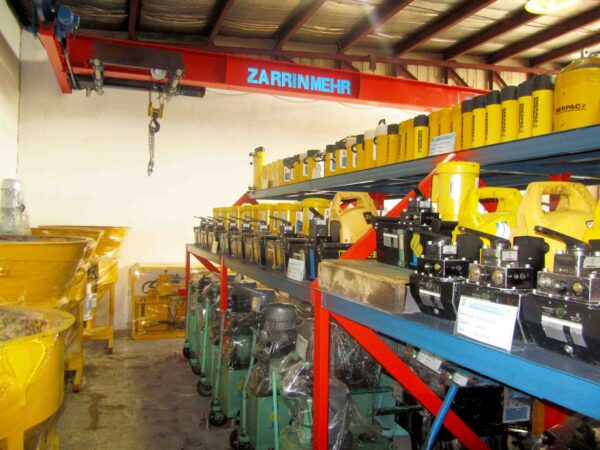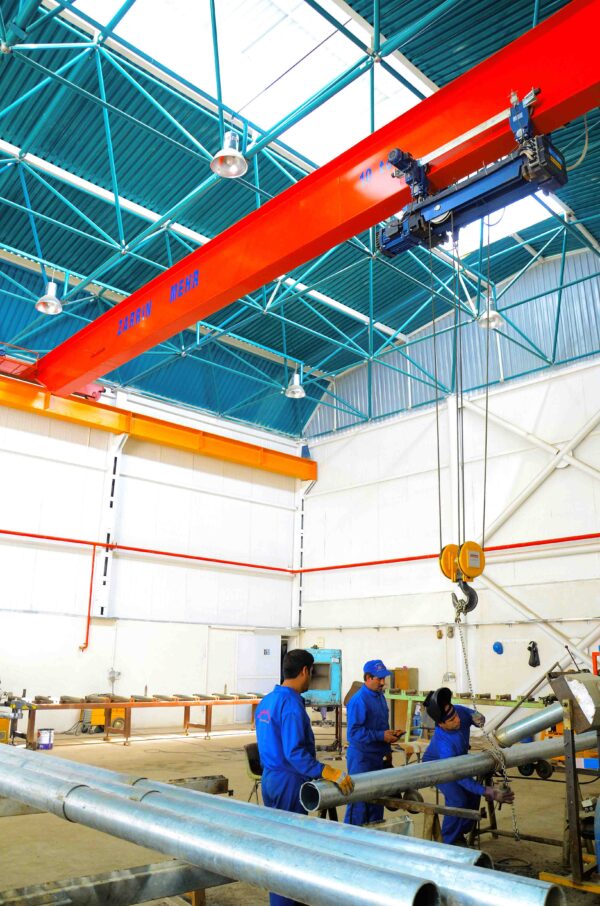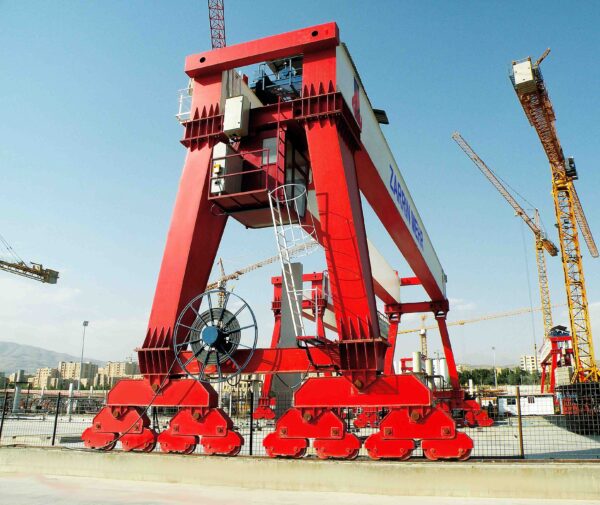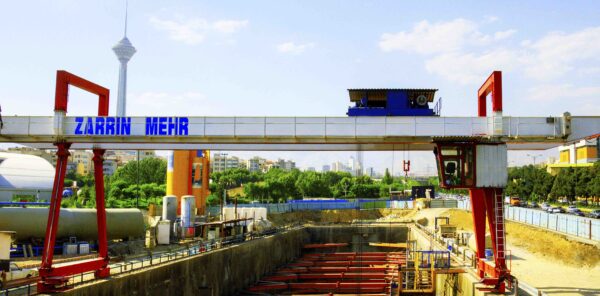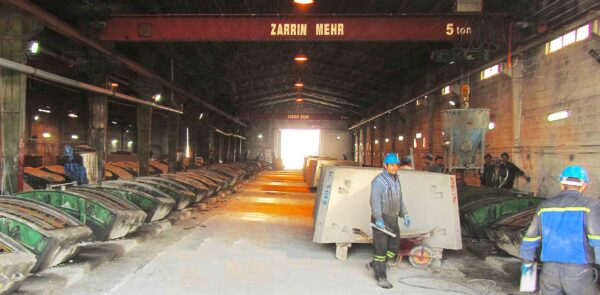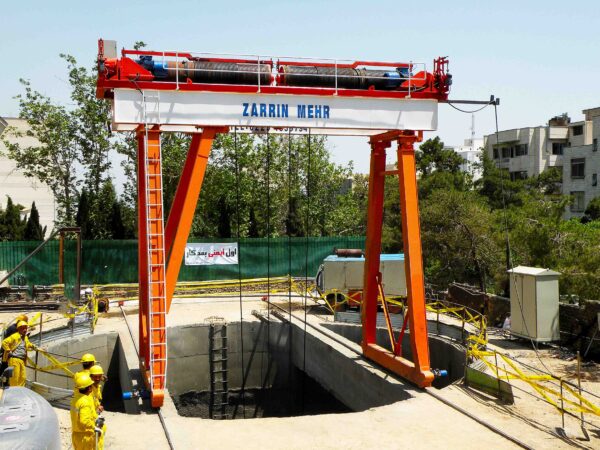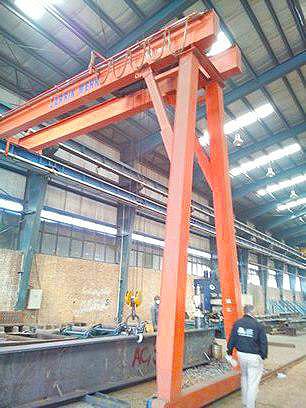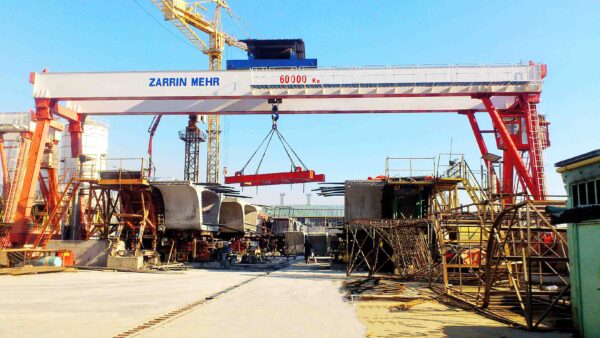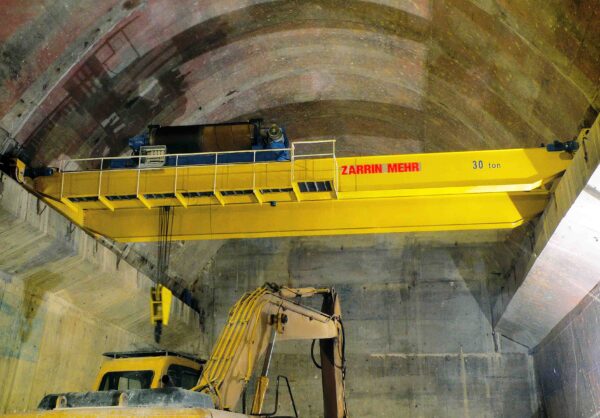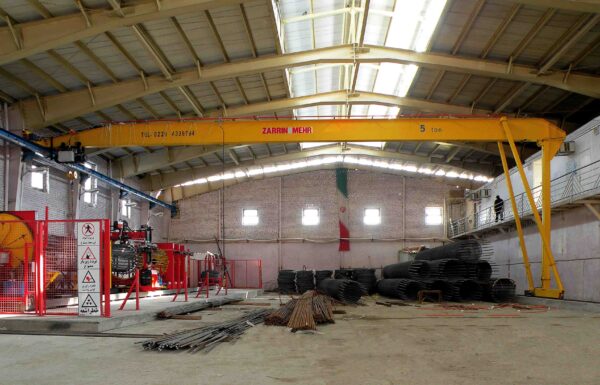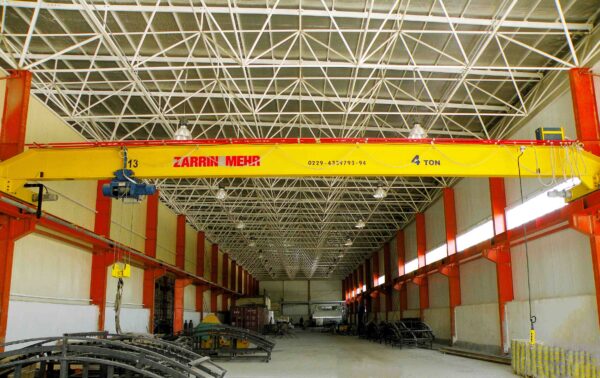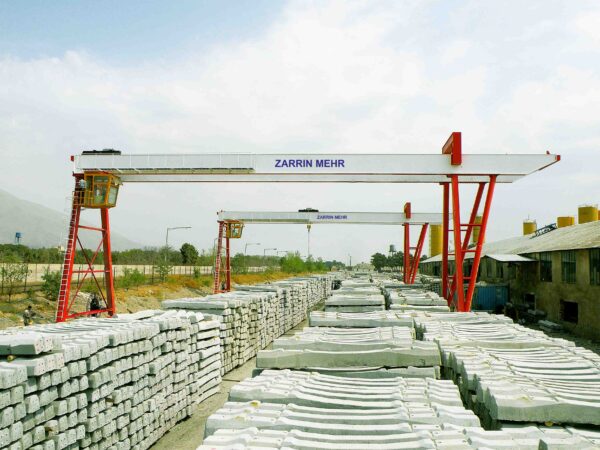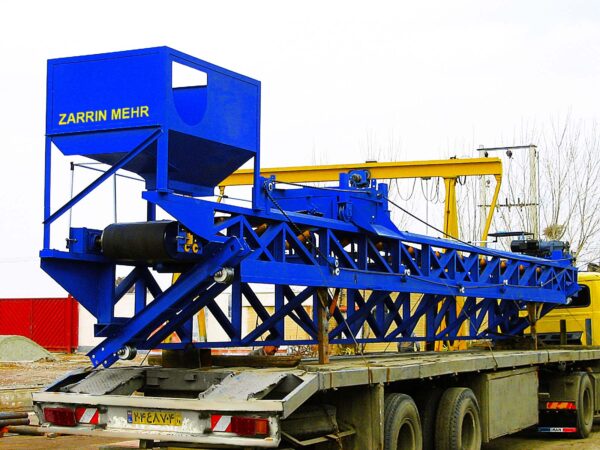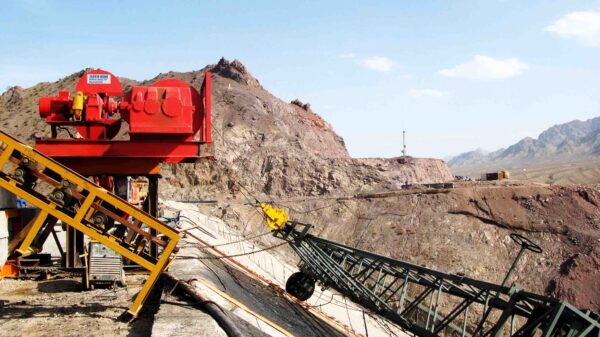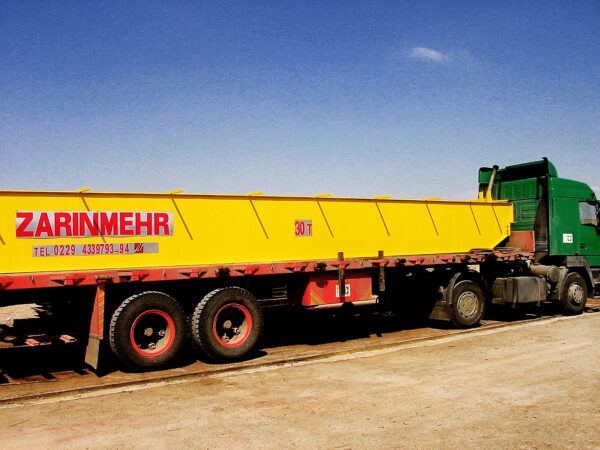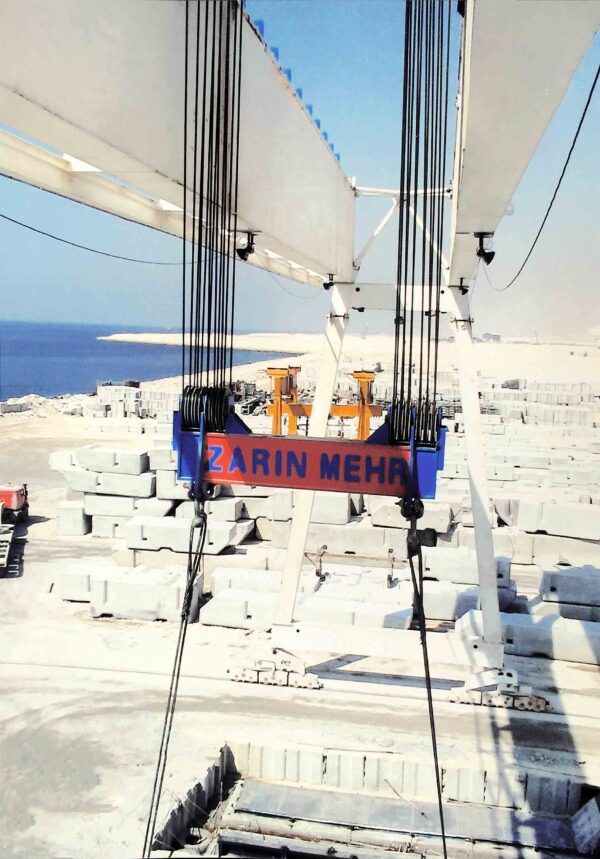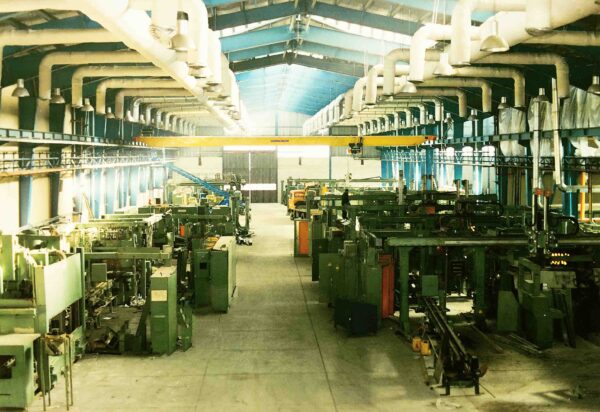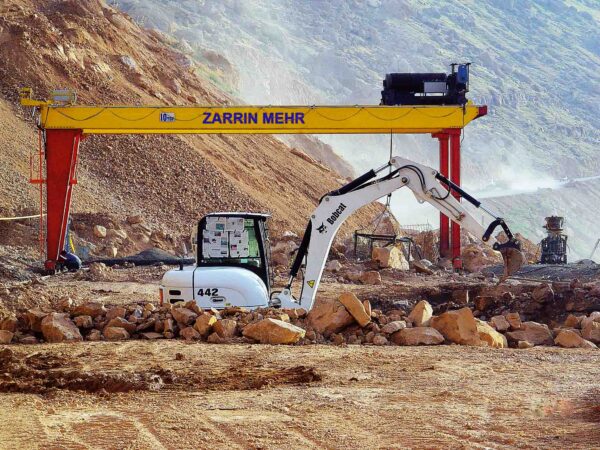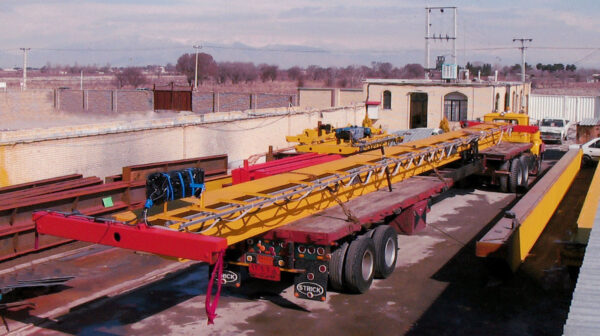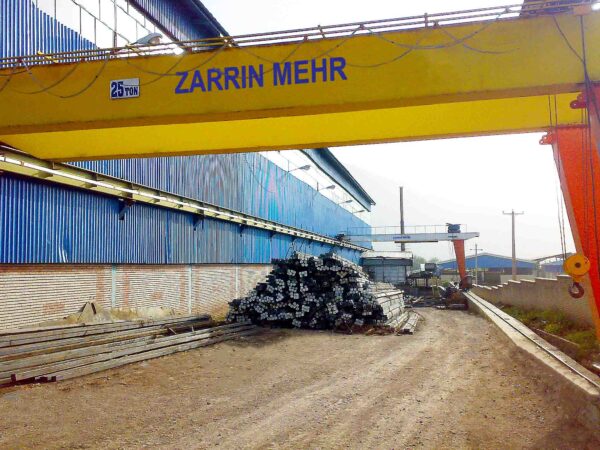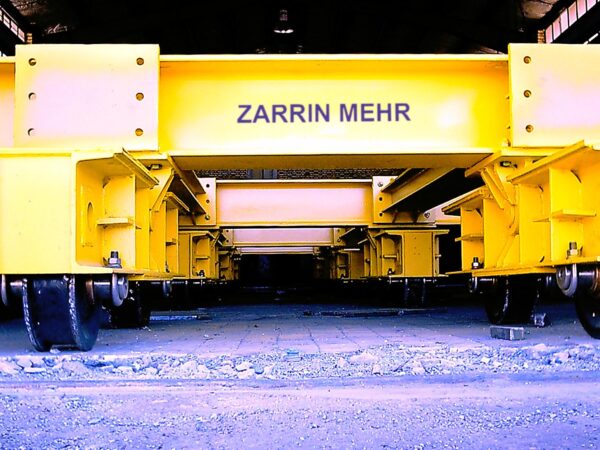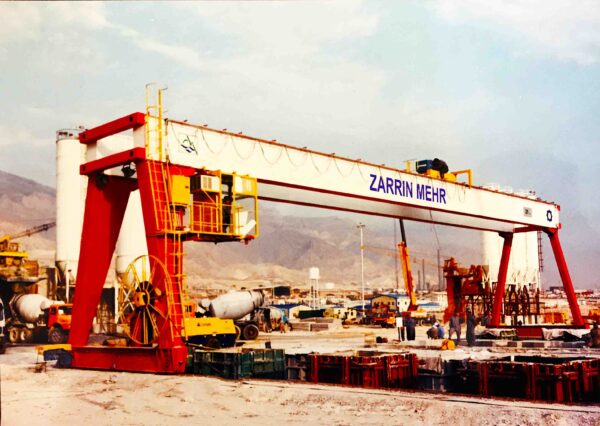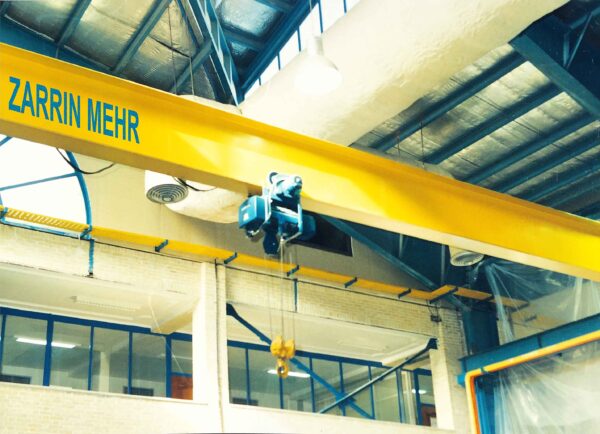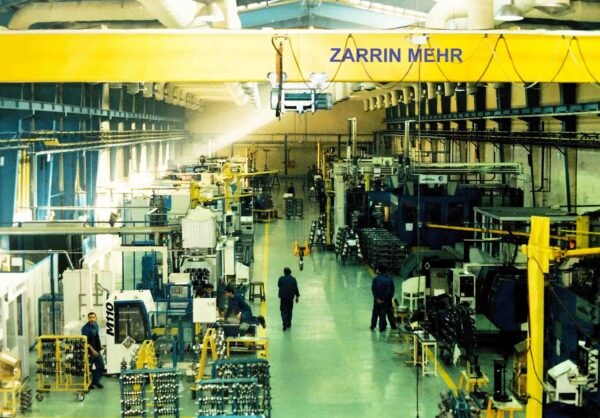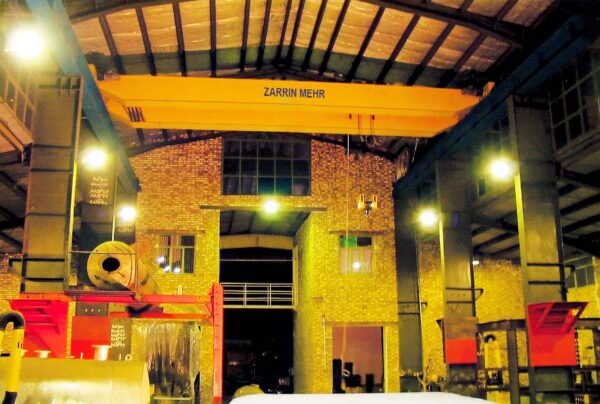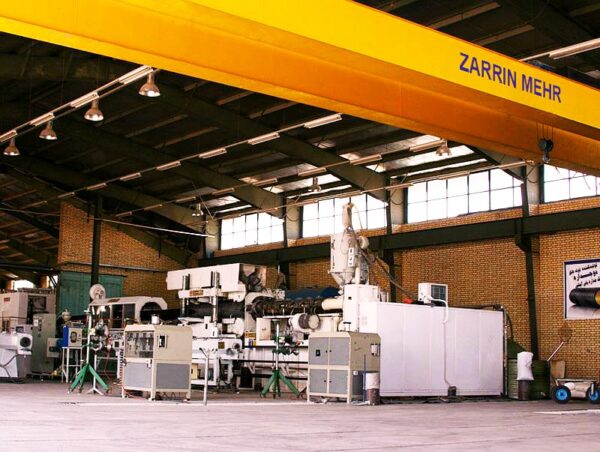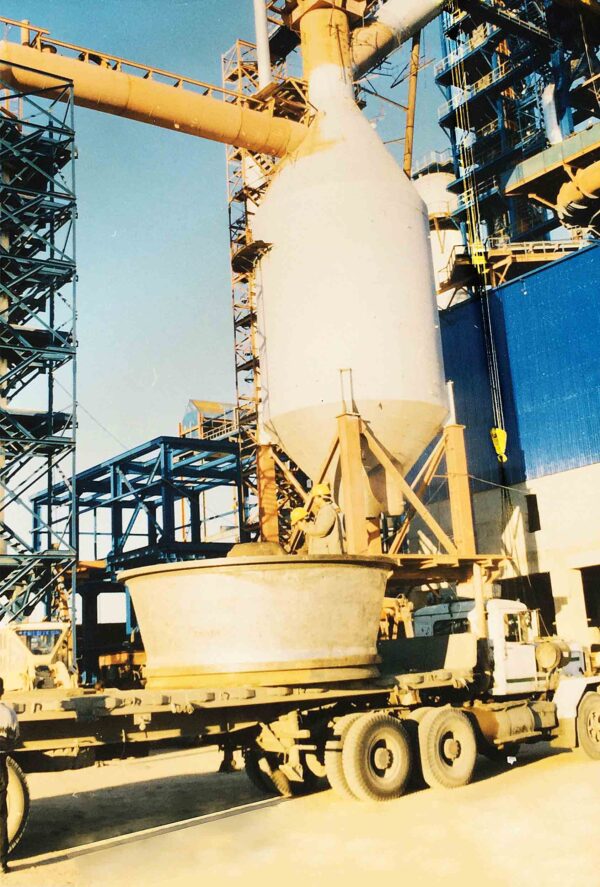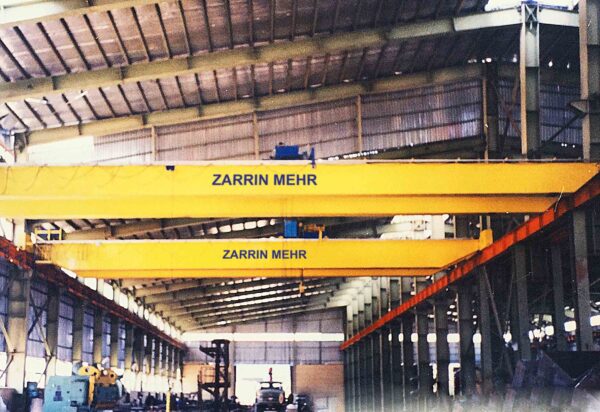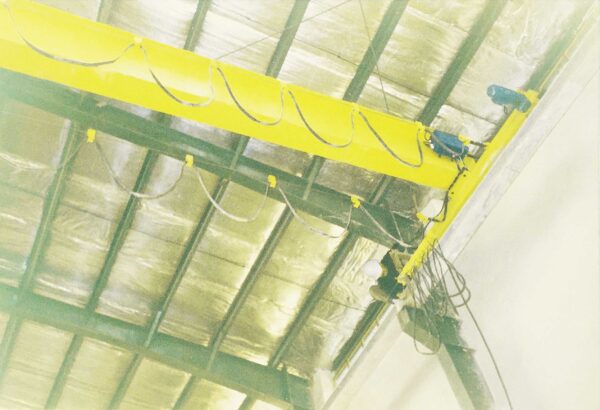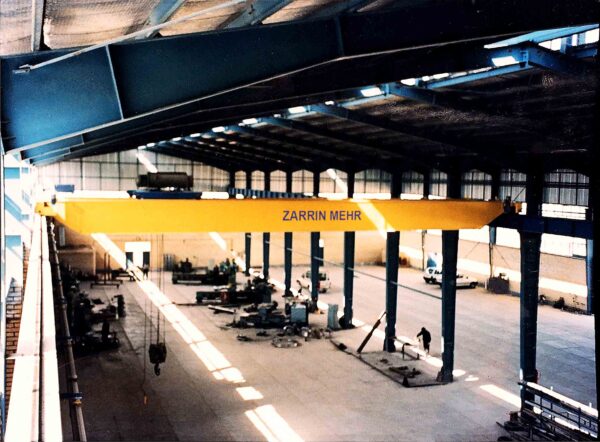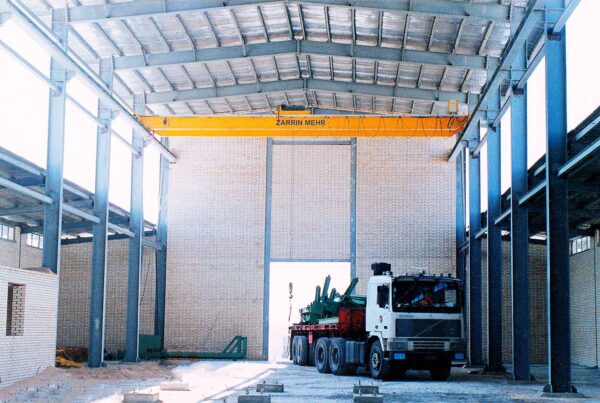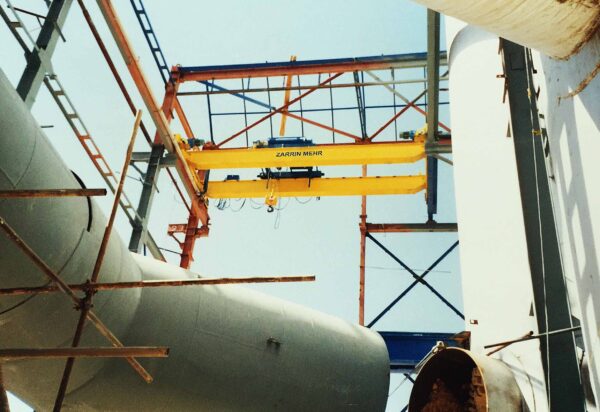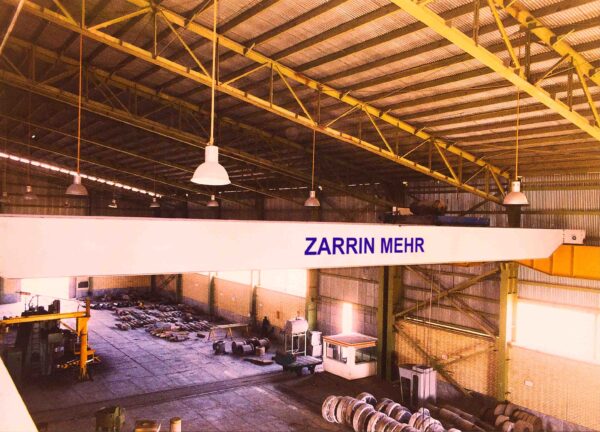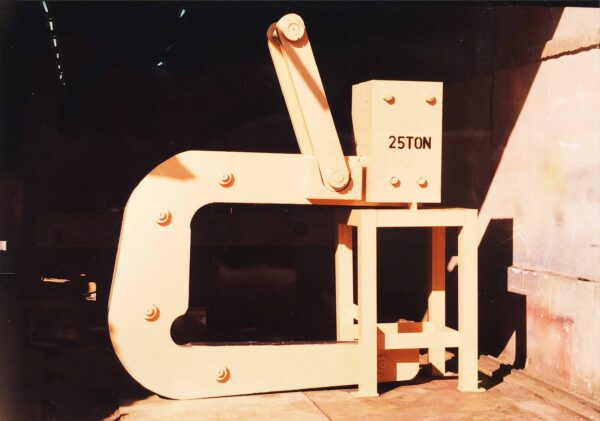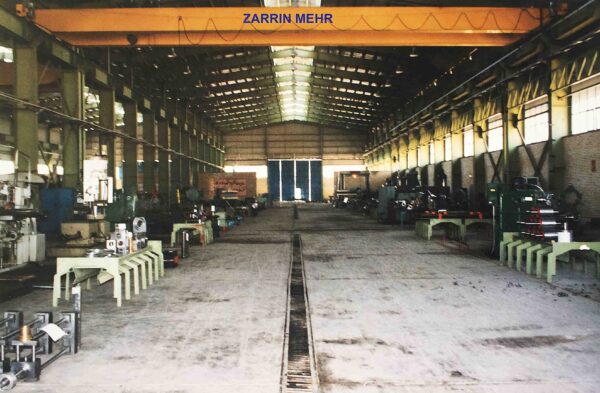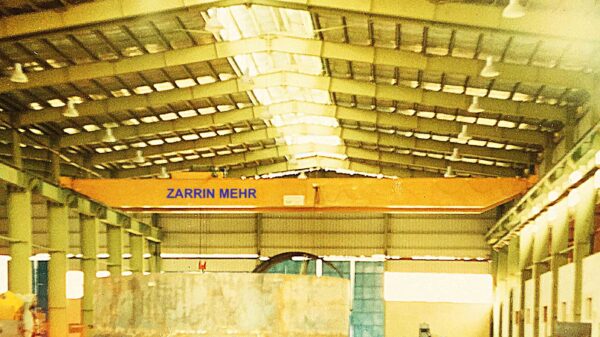The mobility of a gantry crane can vary depending on its design and intended use. Here are the two primary categories:
Mobile Gantry Cranes
- Portable Gantry Cranes: These are small, lightweight cranes that are easy to move. They usually come with casters or wheels and are typically manually pushed to the desired location.
- Rubber-Tired Gantry Cranes: These are larger mobile cranes used primarily in shipping ports to move and stack containers. They have rubber tires and can move freely around the port area.
- Rail-Mounted Gantry Cranes: These cranes move on rails embedded in the ground. While they are mobile along these tracks, their movement is confined to a fixed path.
- Motorized Gantry Cranes: Some gantry cranes are equipped with motorized wheels or trolleys that allow them to move. These are often used in large industrial settings.
Stationary Gantry Cranes
- Fixed Gantry Cranes: These cranes are permanently installed in one location and do not move. They are often used for heavy lifting and are commonly found in shipyards, manufacturing facilities, and construction sites.
- Semi-Gantry Cranes: These cranes have one side running on a fixed rail or track while the other side is stationary. They offer a compromise between mobility and stationary operation.
Factors to Consider:
- Operational Needs: If your operations require lifting materials at various locations within a facility or job site, a mobile crane may be more suitable. On the other hand, if all lifting will occur in a single, fixed location, a stationary crane may be more appropriate.
- Floor Conditions: Mobile cranes require a smooth and load-bearing surface for safe operation. Stationary cranes can often be installed with reinforced foundations for added stability.
- Load Capacity: Stationary cranes generally offer higher load capacities compared to mobile cranes, which are limited by their need for easy mobility.
- Space Constraints: Mobile cranes are more flexible in space-restricted areas, whereas stationary cranes require a permanent, dedicated space.
- Cost: Mobile cranes may be more cost-effective if you need lifting capabilities in multiple locations but don’t want to invest in multiple stationary cranes.
- Customization: Some manufacturers offer cranes that can be converted from mobile to stationary or vice versa, depending on your changing needs.
- Legal and Safety Requirements: Whether mobile or stationary, the crane must meet all local, state, and federal safety regulations. These may vary depending on the crane’s mobility.
Deciding between a mobile and a stationary gantry crane depends on various factors including your operational needs, available space, and budget. Consulting with experts, engineers, and suppliers can help you make the best choice for your application.


